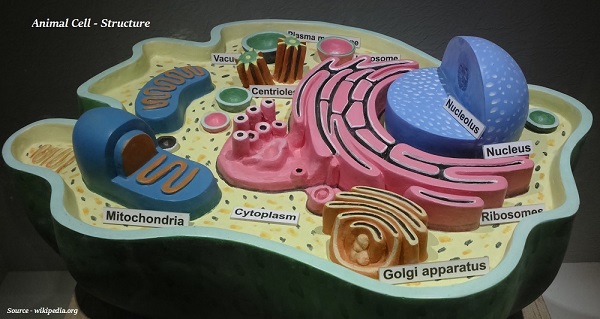Come nd explore the depth of knowledge with me. In this class we will cover cell , different organalles present in cytoplasm, why the cell is fundamental unit , u will be able to visualise concepts in mind actually what is going on inside cell and how it is maintaining the essential body functons.
Introduction
-
The fundamental unit of life is cell.
-
Cell was first discovered by Robert Hooke in 1665 in a simple microscope.

-
In 1674, Leeuwenhoek, with the help of developed microscope, discovered the free living cells in pond water.
-
In 1831, Robert Brown had discovered the nucleus in the cell.
-
In 1839, Purkinje used the term ‘protoplasm’ for the fluid substance found in the cell.
-
The cell theory was proposed by Schleiden (1838) and Schwann (1839).
-
According to the cell theory, all the plants and animals are composed of cells and that the cell is the basic unit of life.
-
In 1855, Virchow further expanded the cell theory and suggested that all cells arise from pre-existing cells.
-
In 1940, the discovery of electron microscope made possible to observe and understand the complex structure of the cell.
Unicellular Organisms
-
The single cellular organisms, such as Amoeba, Chlamydomonas, Paramoecium, and bacteria, are known as unicellular organisms.
Multicellular Organisms
-
The organisms consisting of many cells are known as multicellular organisms. E.g. human being, animals, birds, etc.
Significant Characteristics of Cells
-
Each living cell has the aptitude to perform certain basic functions that are characteristic of all living forms.
-
Each such cell has certain specific components within it known as cell organelles.
-
Different types of cells have different function and each cell organelle performs a special function.
-
These organelles collectively constitute the basic unit of life known as cell.
-
All cells are found to have the same organelles, irrespective of their different functions and the organism they found in.
Structural Organization of Cell
-
Following are the three basic features that every cell possesses −
-
Plasma Membrane/Cell Membrane
-
Nucleus
-
Cytoplasm
-





